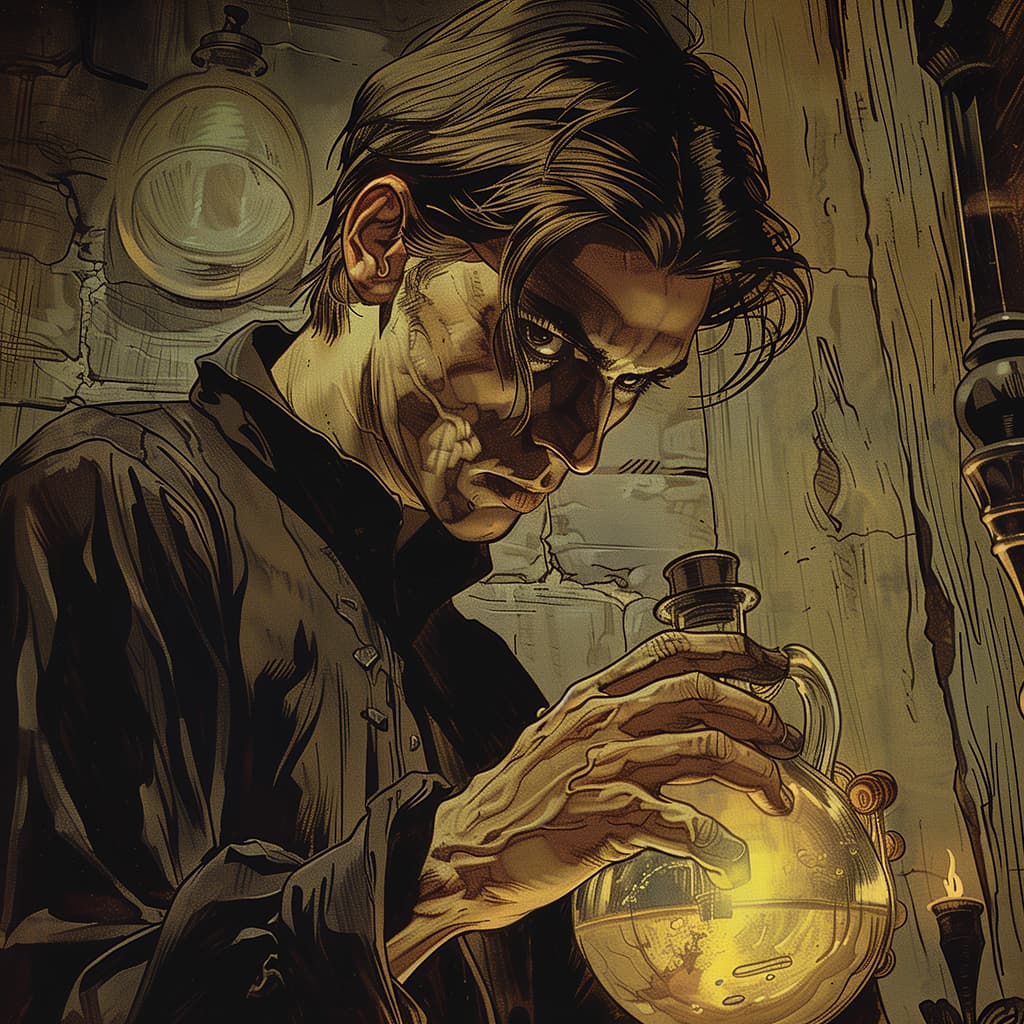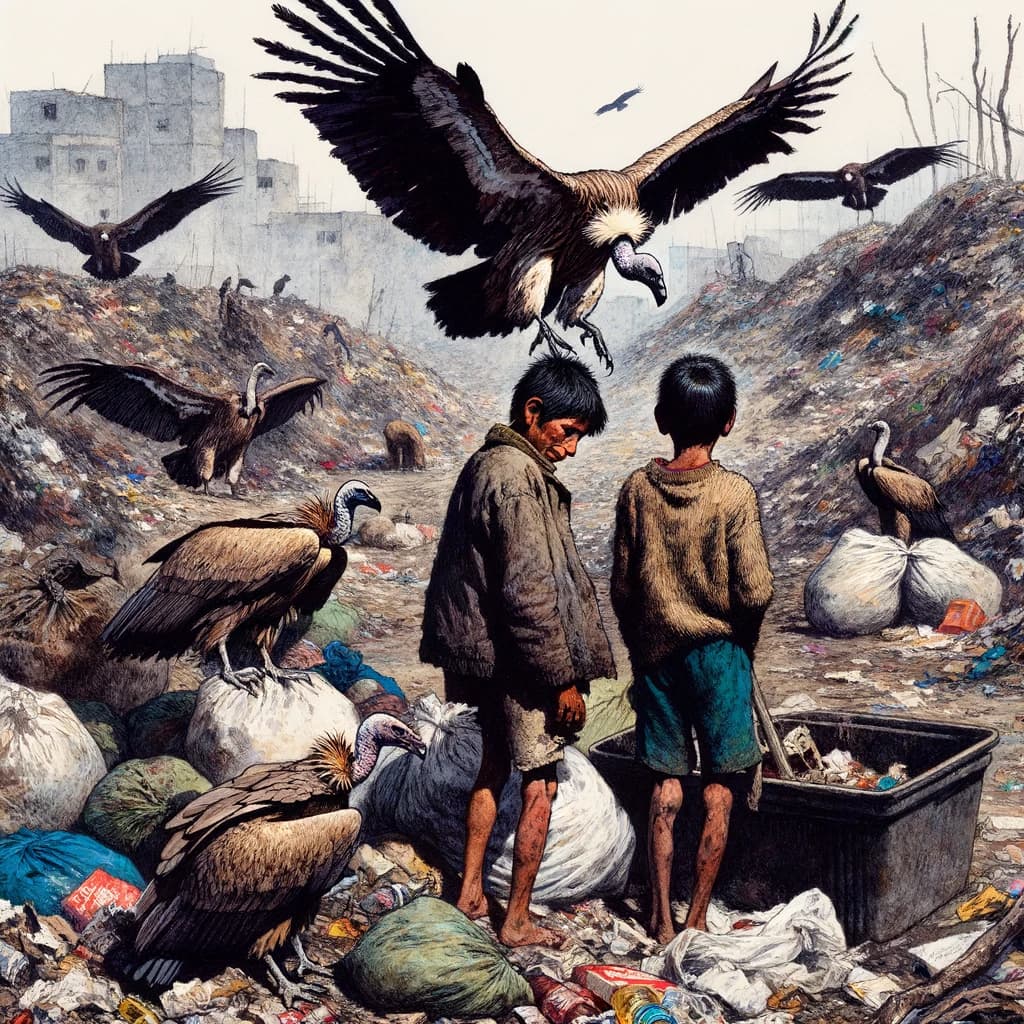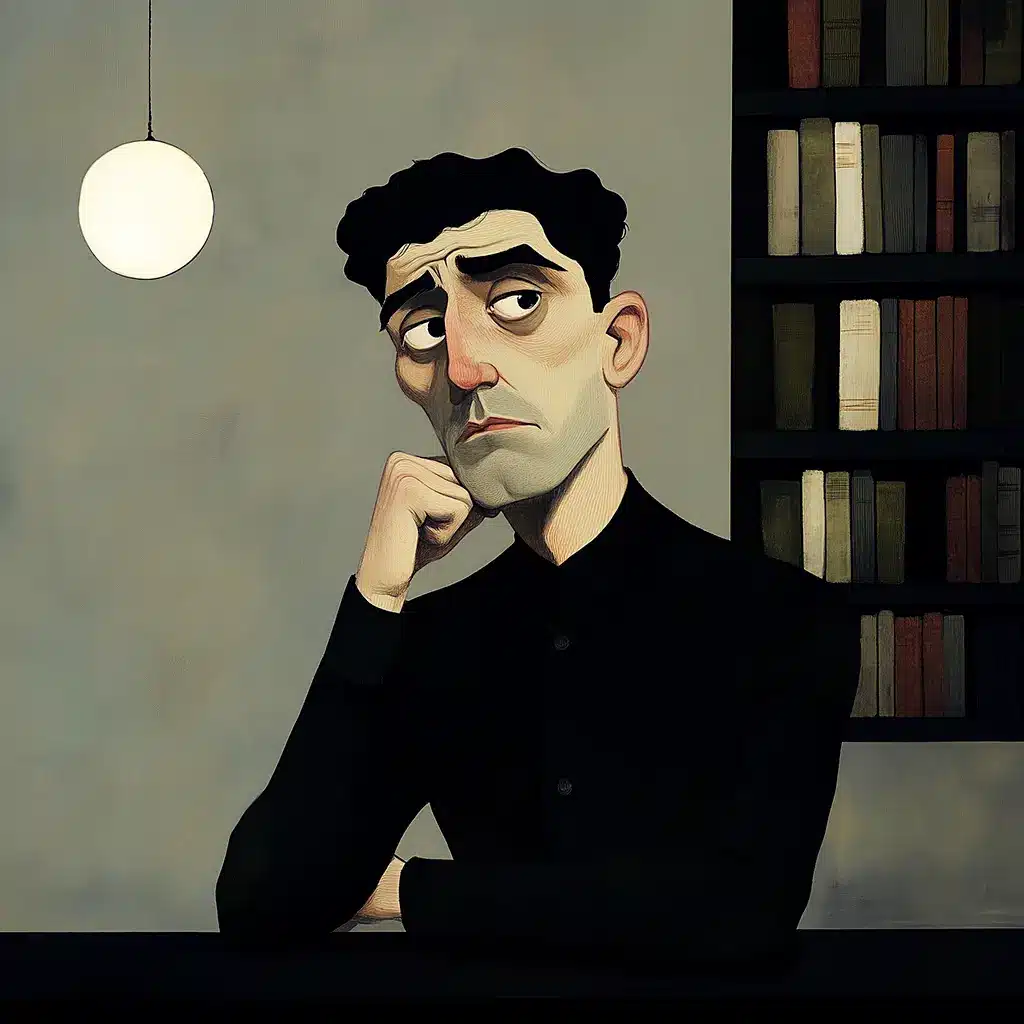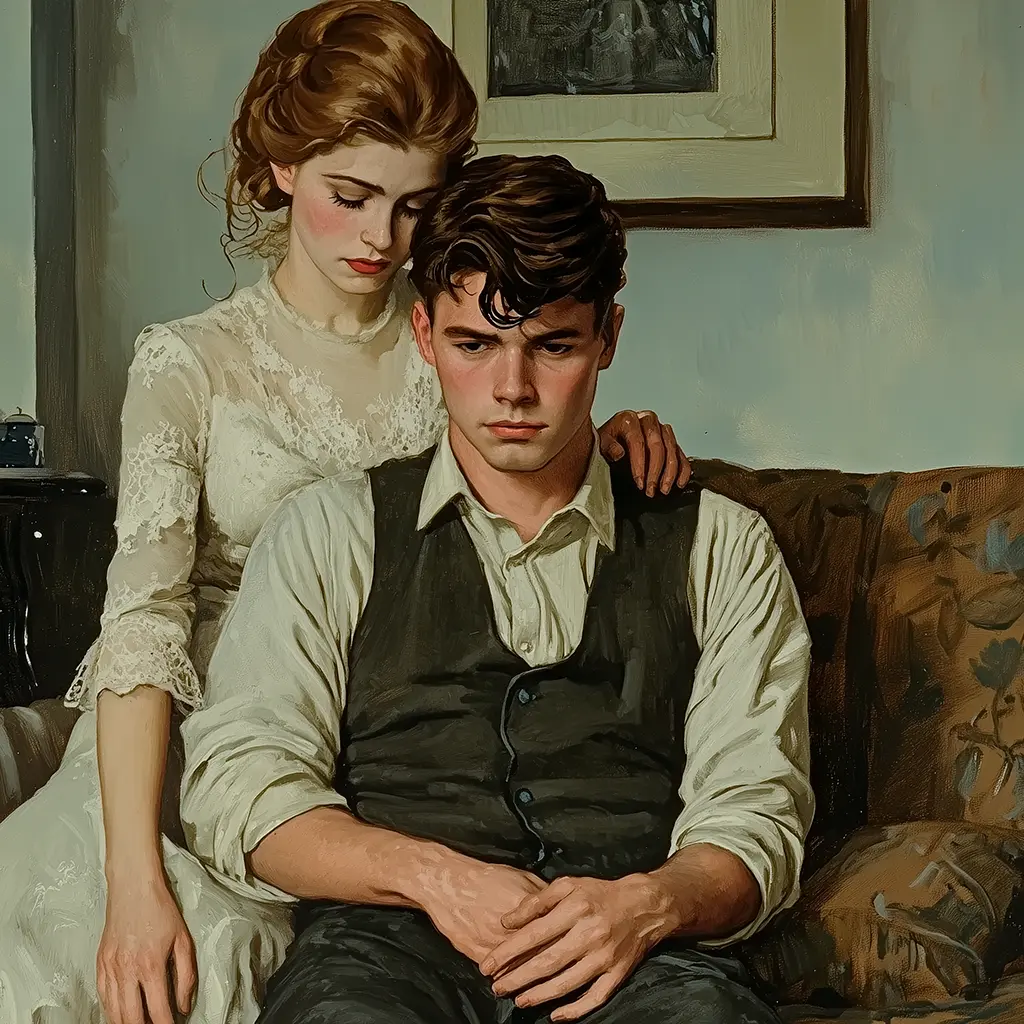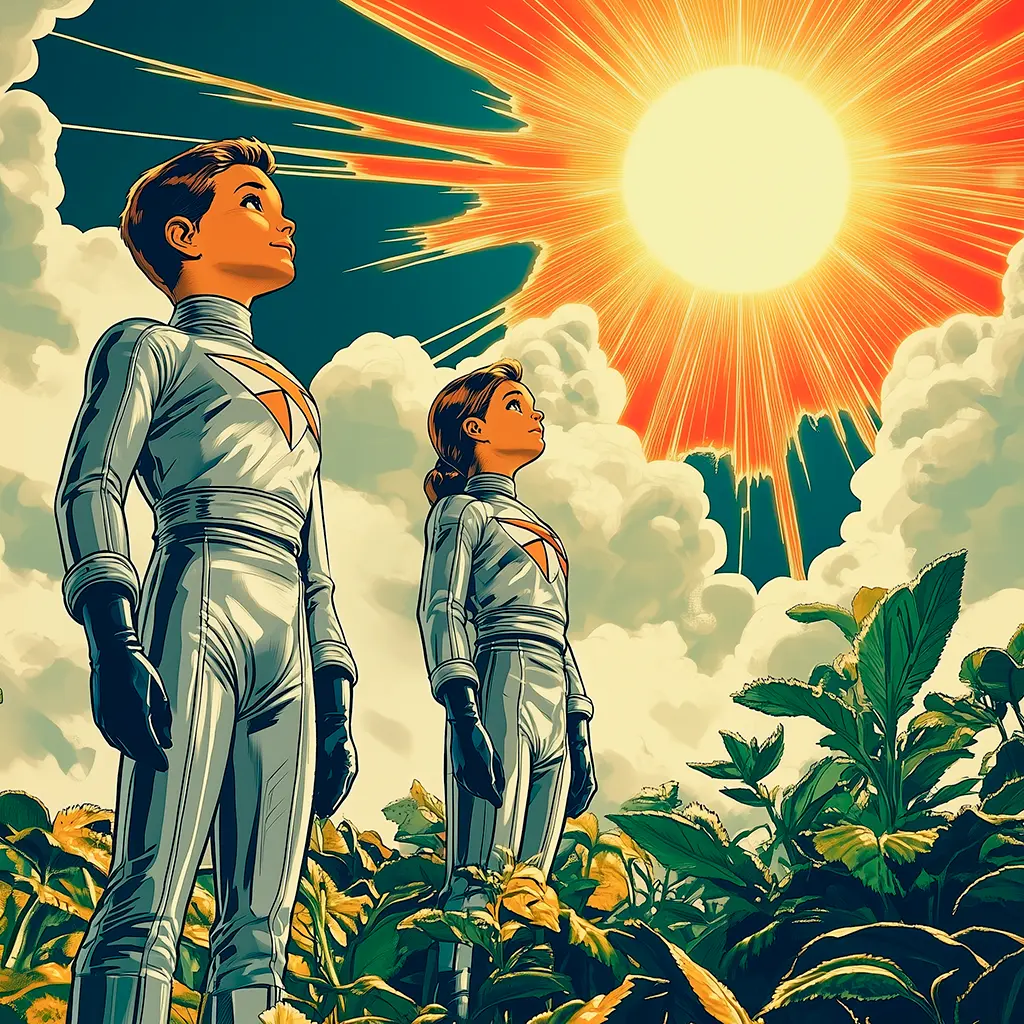Mary Shelley: The Mortal Immortal
“The Mortal Immortal,” a short story by Mary Shelley, tells the story of Winzy, a young apprentice of the alchemist Cornelius Agrippa, madly in love with Bertha, a haughty and ambitious woman. In a desperate attempt to free himself from Bertha’s emotional spell, Winzy accidentally drinks an elixir prepared by Agrippa, obtaining immortality. As the years pass, Winzy faces loneliness and isolation, reflecting on the true nature of her condition and questioning whether immortality is a gift or a curse.
